Mastitis Management and Breastfeeding: Essential Tips for Nursing Mothers
Oct 28, 2024Breastfeeding is a beautiful way to nourish your baby, but it can come with challenges. One issue that many nursing mothers face is mastitis. In this blog post, we'll explore everything you need to know about mastitis management and breastfeeding, including what mastitis is, its symptoms, and how to manage and prevent it.
What is Mastitis?
Mastitis is a common condition that affects many breastfeeding moms. It's an inflammation of breast tissue that can sometimes involve an infection. Mastitis often occurs within the first three months after giving birth but can happen at any stage of breastfeeding. Understanding mastitis is crucial for effective management and continued breastfeeding.
Mastitis Symptoms
Effective mastitis management starts with early recognition. Here are some common symptoms of mastitis:
- Breast tenderness or warmth
- Swelling of the breast
- Pain or burning sensation while breastfeeding
- Skin redness, often in a wedge-shaped pattern
- Generally feeling unwell, like having the flu
- Fever of 101°F (38.3°C) or higher
If you notice these signs while breastfeeding, you might be dealing with mastitis. Quick action in mastitis management can help prevent the condition from worsening.
Causes of Mastitis
Understanding the causes of mastitis is crucial for effective mastitis management and breastfeeding success. Common causes include:
- Clogged milk ducts that don't clear
- Bacteria entering the breast through a cracked or sore nipple
- Infrequent breastfeeding or missed feedings
- Pressure on the breast from tight clothing or sleeping position
- An oversupply of milk
- Weaning too quickly
Knowing these causes can help you take steps to prevent mastitis and improve your overall breastfeeding experience.
How to Treat Mastitis
When it comes to mastitis management and breastfeeding, there are several treatment options available:
- Continue breastfeeding: This might seem counter intuitive, but it's often the best thing for mastitis management. Emptying the breast helps clear the blockage.
- Rest and hydration: Your body needs extra energy to fight inflammation or infection.
- Warm compresses: Apply these before feeding to help milk flow and reduce pain.
- Cold compresses: Use these after feeding to reduce swelling and discomfort.
- Gentle massage: This can help break up any clogged areas.
- Over-the-counter pain relievers: Medications like ibuprofen can help with pain and inflammation.
- Antibiotics: If your doctor suspects a bacterial infection, they may prescribe antibiotics.
Remember, proper mastitis management is key to continuing your breastfeeding journey successfully.
How to Prevent Mastitis
Prevention is a crucial aspect of mastitis management and breastfeeding. Here are some strategies to help prevent mastitis:
- Ensure proper latch: A good latch helps prevent nipple damage and ensures effective milk removal.
- Breastfeed regularly: Try not to skip feedings or go too long between feeds.
- Vary breastfeeding positions: This helps ensure all areas of the breast are emptied.
- Avoid tight bras or clothing: These can put pressure on your breasts and lead to clogged ducts.
- Manage your stress: High-stress levels can affect your immune system and milk production.
- Take care of your nipples: Keep them clean and dry, and treat any cracks or soreness promptly.
- Stay hydrated and eat well: A healthy diet supports your immune system and milk production.
By incorporating these prevention strategies into your routine, you can reduce your risk of developing mastitis and focus on enjoying your breastfeeding experience.
When to Seek Professional Help for Mastitis
While many cases of mastitis can be managed at home, there are times when you should seek professional help:
- If symptoms don't improve within 24-48 hours of home treatment
- If you have a fever over 101°F (38.3°C)
- If you see pus or blood in your breast milk
- If you have red streaks extending from the affected area
- If you feel severe pain or have flu-like symptoms
In these cases, consult with your healthcare provider promptly. They can provide additional treatment options and support to help you continue breastfeeding comfortably.
Mastitis Management and Breastfeeding
While dealing with mastitis can be challenging, it's important to remember that with proper mastitis management, most women can continue breastfeeding successfully. In fact, continuing to breastfeed is often beneficial for both mom and baby.
Long-term considerations for mastitis management and breastfeeding include:
- Building a strong support system
- Learning to recognize early signs of mastitis
- Developing good breastfeeding habits
- Taking care of your overall health
- Being patient with yourself and your body
Remember, every breastfeeding journey is unique. With the right knowledge and support, you can overcome challenges like mastitis and continue providing the best nutrition for your baby.
Mastitis management and breastfeeding go hand in hand. While mastitis can be a painful and challenging experience, with the right knowledge and support, you can overcome it and continue your breastfeeding journey.
Remember, you're not alone in this journey. Many moms have faced and overcome mastitis while breastfeeding. By recognizing the symptoms early, seeking appropriate treatment, and taking steps to prevent recurrence, you can manage mastitis effectively and continue to enjoy the bonding experience of breastfeeding your baby.
Are you struggling with mastitis or other breastfeeding challenges? Don't let these obstacles derail your breastfeeding journey. Transform your postpartum experience with expert guidance and support! Get the entire Breastfeeding Blueprint program for FREE when you join The Postpartum Shift today!







